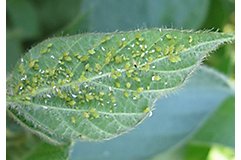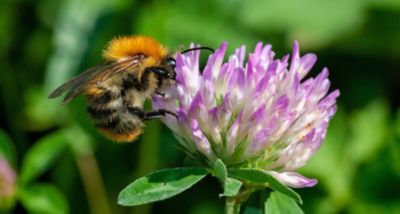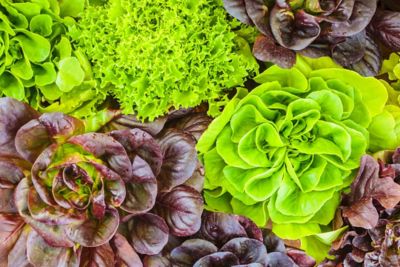A Different Kind of Option
Isoclast™ active (sulfoxaflor) works in a distinct way inside target pests. Because of its novel chemical structure and metabolism in insects, Isoclast represents the only member of the sulfoximines insecticide class, with mode of action Group 4C under the Insecticide Resistance Action Committee or IRAC.2 Isoclast is not a neonicotinoid. Although it’s effective against many of the same insects as neonicotinoids, it works differently than legacy insecticides such as carbamates, pyrethroids and organophosphates. As a result of its chemical structure, Isoclast breaks down quickly in the environment, metabolizing into non-toxic substances in just a few days.
Developed to Enhance Sustainability
With Isoclast™ active, farmers can use less active ingredient on their fields, apply it less often and help prevent resistance issues seen with other products. It was designed to work in a very specific way and degrades quickly after application to pose less risk to field workers, non-target species, and the environment. Farmers need new choices like Isoclast because some legacy insecticides for sap‑feeding insects are becoming increasingly ineffective, while others are being retired from use for many reasons, including due to their environmental profiles.
Proven Profile
Scientists studied Isoclast™ active exhaustively before bringing it to market, going above and beyond regulatory requirements at the time. Studies continue today, ensuring it performs as expected for crops and the environment. When used according to the label, Isoclast presents a low risk to honeybees and other pollinators. It’s approved for use in nearly 100 countries and has been used on millions of hectares of crops.
 Brand Logo Text
Brand Logo Text












